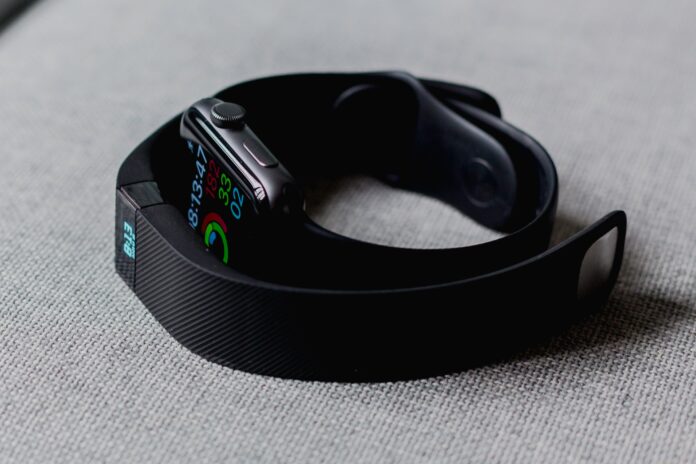Maintaining a mileage diary for a tax deduction or reimbursement is known as mileage tracking. It includes travel for work-related purposes like client meetings, errands, or purchasing supplies. All of these actions are considered deductible mileage, or mileage that can be tracked and reimbursed. You can use this mobile application to record your distance and the necessary information for compliant logs for your mileage reimbursement or deductions. The majority of mileage trackers allow you to manually record your trips while they calculate the distance and reimbursement amounts for you.
Whether you are just starting out using a mileage tracker or have been using it for some time, there are some fundamentals you should be aware of.
Calculating business-related mileage
Using a software like MileIQ mileage tracker, you may maintain an accurate account of your business-related travel expenses. You were tracking your miles, though, which may be an extremely tiresome and time-consuming chore. It’s best to have a company policy that clearly outlines the frequency of mileage reimbursement and the tracking method.
There are primarily two methods for deducting business-related mileage from taxes. These are the natural expense method and the regular mileage rate. Depending on your technique, you can deduct expenses like gas, insurance, registration fees, and even repairs.
The standard mileage rate is a more straightforward method to use. It uses the IRS standard mileage rate. It means you can calculate your mileage based on your vehicle’s average mileage during the year. It is easy, but only some business owners can use this method.
The actual expense method is more complex and requires more documentation, but it will let you deduct all car expenses. It includes tires, repairs, insurance, and depreciation. You’ll need to estimate how much of your driving is for business and then add up the expenses for maintaining your car.
GPS tracking
GPS tracking remotely monitors a person, item, or entity’s whereabouts using the Global Positioning System (GPS). The target’s longitude, latitude, ground speed, and course direction can all be precisely determined using the technique.
Whether you’re just beginning to implement a GPS mileage tracker or looking to enhance your current system, there are several key factors to keep in mind. These fundamentals will help ensure a smooth and successful implementation.
First, you’ll need a strong point person to take the lead. This individual must be detail-oriented, knowledgeable about your company’s operations, and able to implement the system quickly and effectively. You’ll also need someone comfortable working with different vehicles and equipment.
Another fundamental is to ensure that the system is easy to use. The point person will select suitable tracking devices and ensure a quick and straightforward implementation. This person will also be a great communicator. They can answer questions, convey information to other departments, and ensure the data is appropriately used.
The point person will need to be able to select a solution that is right for your business. A good solution will have many benefits, including improving fleet efficiency, saving money, and keeping your drivers happy.










